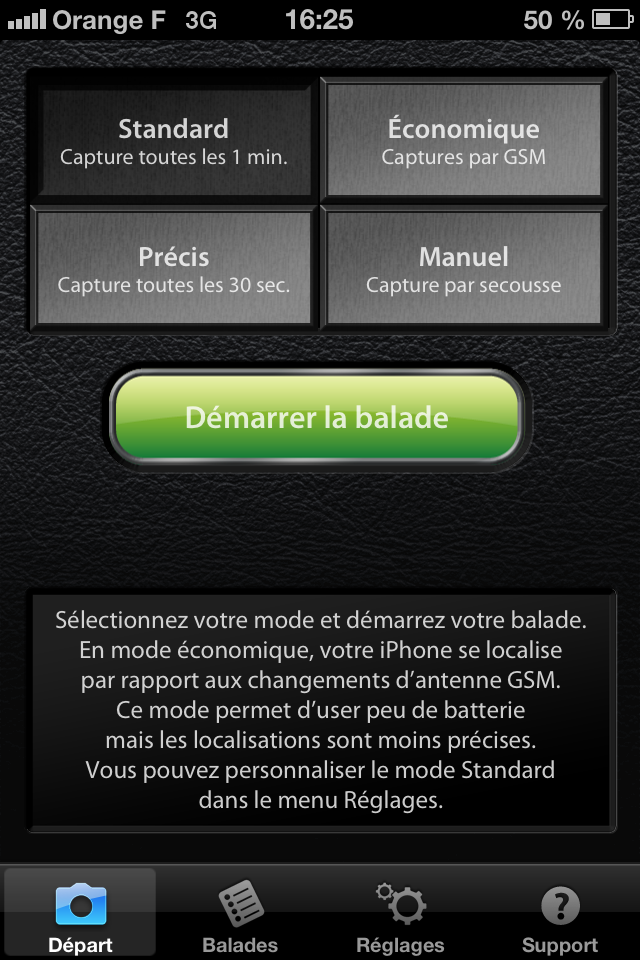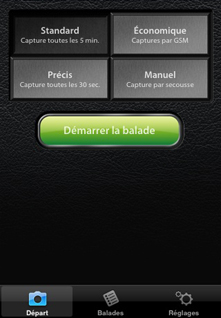


GPS4CAM CODE
Their desktop photo then scans the QR code then uses the date taken times on the photos to work out the matching location for the photos. It then encodes the track onto a QR code image that you take a photo with your camera. Use gps4cam app to record the GPS locations on a smart phone or tablet.You can synchronise a camera with a GPS track and use this information to work out the location of the photos.Photos taken with smart photos are often already geotagged if location services are enabled when the photos are taken.The following are some suggested starting points: There are many ways of geotagging your images. In the future the eAtlas will show all geotagged photos as an interactive map. This allows these photos to be used for scientific use and subsequent revisits of sites in the future. If at all possible images submitted to the eAtlas should be geotagged, which means that their exact location is recorded. Simply provide this information in your submission email. There is no form for submitting the title and descriptions of each gallery. Simply use: "GALLERY=Name of my gallery". If you are using the eAtlas Image Metadata Editor application then you can specify the gallery using the keywords field.

All photos with the same "Photo Gallery" name will be filed together. Simply make up a name for each gallery you wish to create. If you are using the eAtlas Image Submission Spreadsheet you can indicate the gallery for each photo in the "Photo Gallery (optional)" column. To do this you need to tag which photos need to be in each gallery and give us some descriptive text and title for each gallery. Submitted photos can be presented as one or more galleries (example gallery of coral in Torres Strait).
GPS4CAM HOW TO
This screenshot of the eAtlas Image Metadata Editor shows how to tag photos so they are filed into a specified photo gallery. If there is a larger quantity then use a file sharing website such as Drop Box or CloudStor to send the images. If you have only a few images then simply email them directly to The AIMS email system accepts large emails (up to greater than 50 MB). How do I submit the images to the eAtlas? Images should be at least 1000 pixels in width. This allows us to adjust the image as technologies change in the future. In general the images should be submitted at the best quality available.
GPS4CAM LICENSE
You should provide images that you are happy to be viewed by the general public and released under an open license (Creative Commons Attribution). Some examples of what these images might illustrate include: project goals, results, scientists in the field or lab, key equipment or sensors, maps, graphs, workshops, relevant animals or scenery. The purpose of these images is to illustrate of the type of work you are undertaking and to show some of the key results. Photos without basic metadata (a description and attribution) will not be able to be published by the eAtlas. Or complete the eAtlas Image Submission Spreadsheet and submit this along with the photos.Use the eAtlas Image Metadata Editor application to tag up photos prior to submission.The eAtlas encourages researchers to submit photos to the eAtlas to show research in action and to provide a library of photos that show environmental places, process and behaviours.Īll photos submitted to the eAtlas need to be accompanied with metadata that describes what the photos shows (a caption), a title, who needs to be attributed, location of the photo and licensing.


 0 kommentar(er)
0 kommentar(er)
